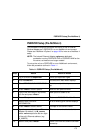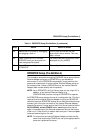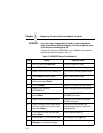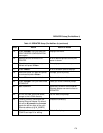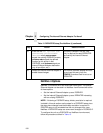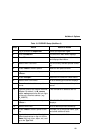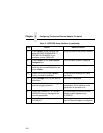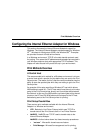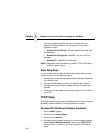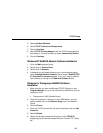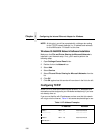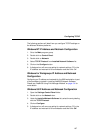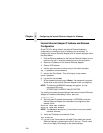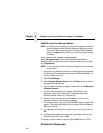
Print Methods Overview
183
Configuring the Internal Ethernet Adapter for Windows
This section discusses the Internal Ethernet Adapter’s support for
Windows. The Internal Ethernet Adapter provides support for Windows
NT
, Windows for Workgroups (WfW), and Windows 95
. Examples
are provided for each of these environments.
In a Windows environment, TCP/IP is the data transfer protocol used
for printing. This means that IP addresses and netmasks are required in
your Windows stations along with appropriate TCP/IP software. This
chapter will also discuss how you set this up in your environment.
Print Methods Overview
A Central Host
The recommended print method for a Windows environment is to have
a central host act as a spooler for jobs before they are sent to the Print
Server/printer. The reason for this is that the central workstation has the
ability to store the spooled jobs while they are waiting to go to the Print
Server/printer.
An example of this setup would be a Windows NT host which allows
WfW stations to spool to it. The NT host would have the only print setup
going to the Print Server/printer directly and it would be shared across
the network. In this way, the WfW station could send jobs to this shared
printer on the NT host. All WfW jobs would first spool to the NT host
before being sent to the Print Server/printer for printing.
Print Setup Possibilities
There are two print methods available with the Internal Ethernet
Adapter in a Windows environment:
• LPR - Berkeley’s Line Printer Protocol which uses TCP/IP to
transfer data to the Print Server’s built-in Line Printer Daemon.
• NetBIOS - NetBIOS over TCP/IP used to transfer data to the
Internal Ethernet Adapter.
NetBIOS is further broken down into these two setup procedures:
• “net use” - Microsoft’s shared resource feature.
• Print Manager - Microsoft’s management tool for printing.



